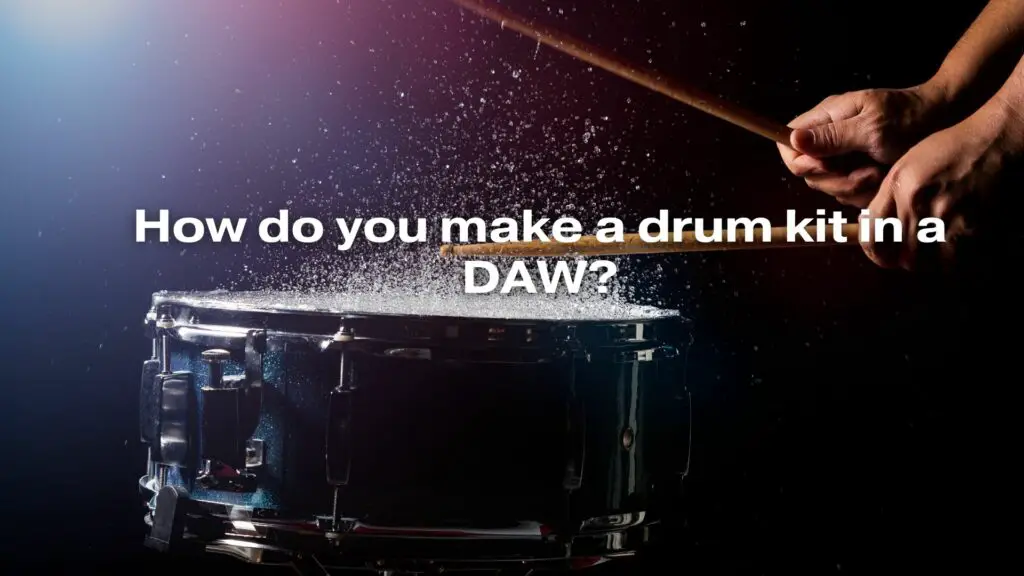A drum kit in a Digital Audio Workstation (DAW) is a collection of individual drum samples organized for easy access and sequencing. Whether you’re a beatmaker or a music producer, creating a drum kit in your DAW is a valuable skill for crafting custom drum patterns. Here’s a step-by-step guide:
1. Gather Drum Samples:
Start by collecting the drum samples you want to include in your drum kit. These samples can be from your own recordings, sample libraries, or online sources. Common drum sounds include kicks, snares, hi-hats, toms, cymbals, and percussion elements.
2. Create a Folder:
Organize your drum samples in a dedicated folder on your computer. This folder will serve as the library for your drum kit. Ensure your samples are well-labeled and sorted by type or sound.
3. Open Your DAW:
Launch your DAW of choice. Most DAWs have built-in features for creating and organizing drum kits. Popular options like Ableton Live, FL Studio, Logic Pro, and others have dedicated tools for this purpose.
4. Load a Sampler or Drum Rack:
In your DAW, open a sampler or drum rack instrument. These tools allow you to load and trigger individual drum samples with MIDI notes.
5. Import Drum Samples:
Use the sampler or drum rack to import your drum samples. Depending on your DAW, this process might involve dragging and dropping samples into the instrument or selecting the samples from your folder.
6. Assign MIDI Notes:
For each drum sample, assign a specific MIDI note. Typically, kicks are mapped to lower notes, snares to mid-range notes, and hi-hats to higher notes. Organizing your drum samples in this way allows for intuitive sequencing.
7. Set Parameters:
Configure parameters such as pitch, volume, pan, and any additional effects or processing you want to apply to the samples. Each sampler or drum rack has its own set of controls for these parameters.
8. Save Your Drum Kit:
Once you’ve imported, assigned, and configured your drum samples, save the drum kit as a preset or instrument rack in your DAW. This will allow you to easily access it in future projects.
9. Create Patterns and Sequences:
Use your newly created drum kit to program drum patterns and sequences. You can use the MIDI piano roll in your DAW to sequence the drum hits. Experiment with different patterns to create the desired groove for your track.
10. Automate Parameters:
Utilize automation features in your DAW to automate various parameters of your drum kit, such as volume, pitch, and effects. This can add dynamics and movement to your drum patterns.
11. Save Your Project:
Always save your DAW project to ensure that your drum kit and patterns are preserved for future use. Additionally, you can export your drum kit as a separate instrument preset for easy access in other projects.
12. Backup Your Drum Samples:
Remember to regularly back up your drum samples and the associated drum kit folder. This ensures that you won’t lose your custom drum sounds and kits.
In conclusion, creating a drum kit in a DAW allows you to have a personalized collection of drum samples readily available for your music production projects. By importing, organizing, and configuring your samples within a sampler or drum rack, you can efficiently program and customize drum patterns to suit the style and genre of your music.

